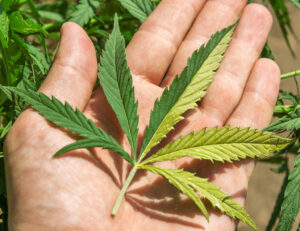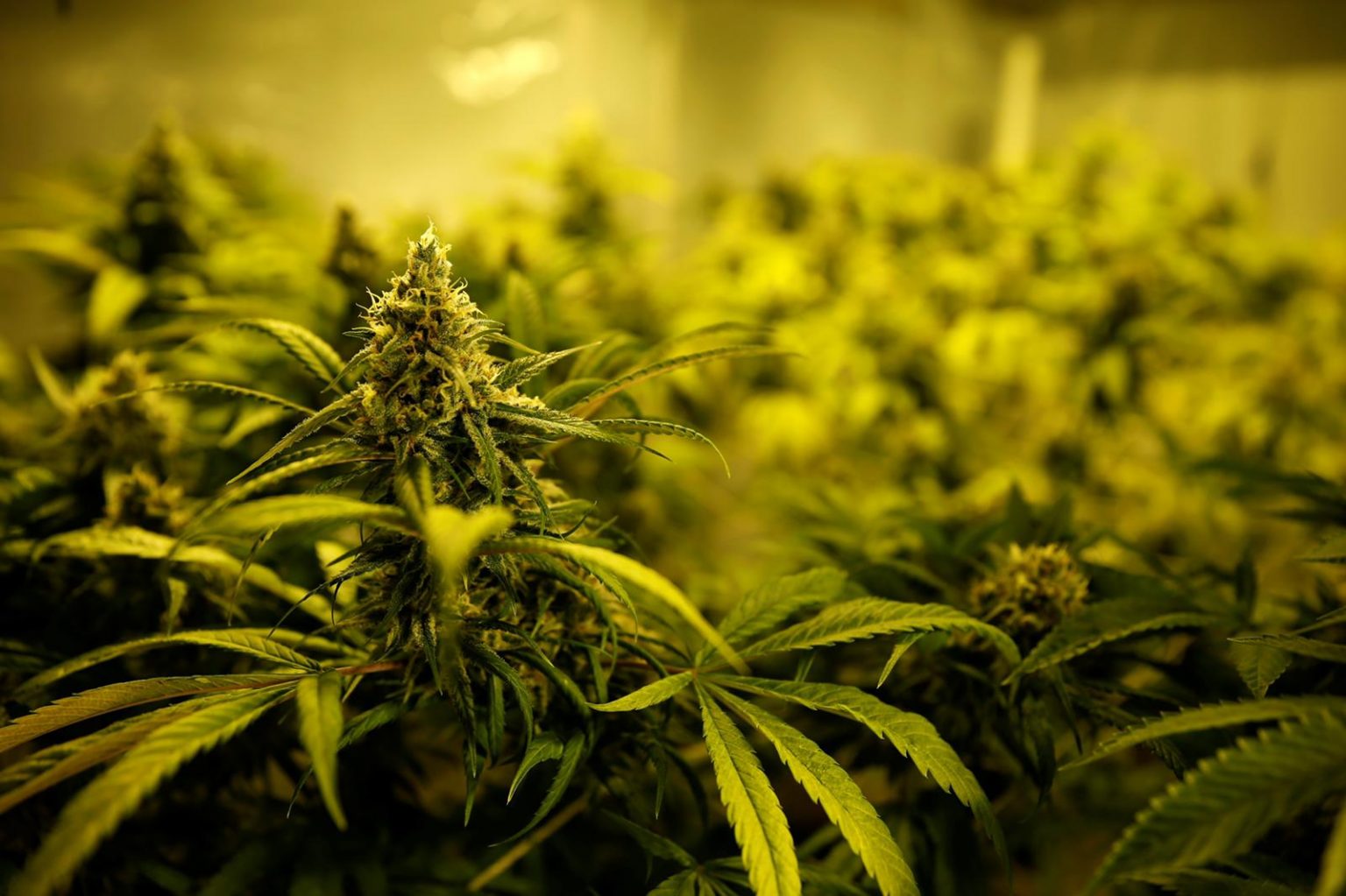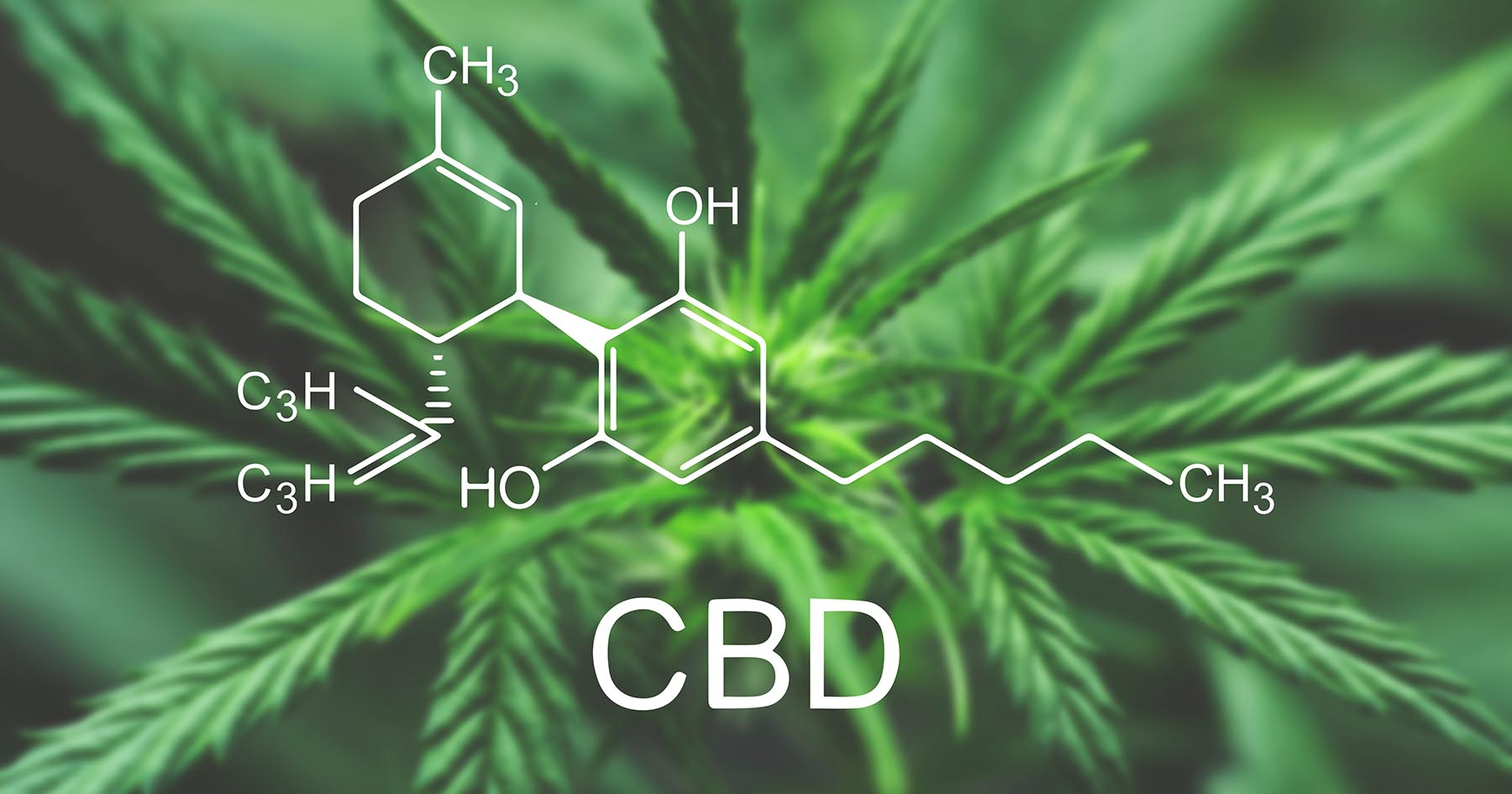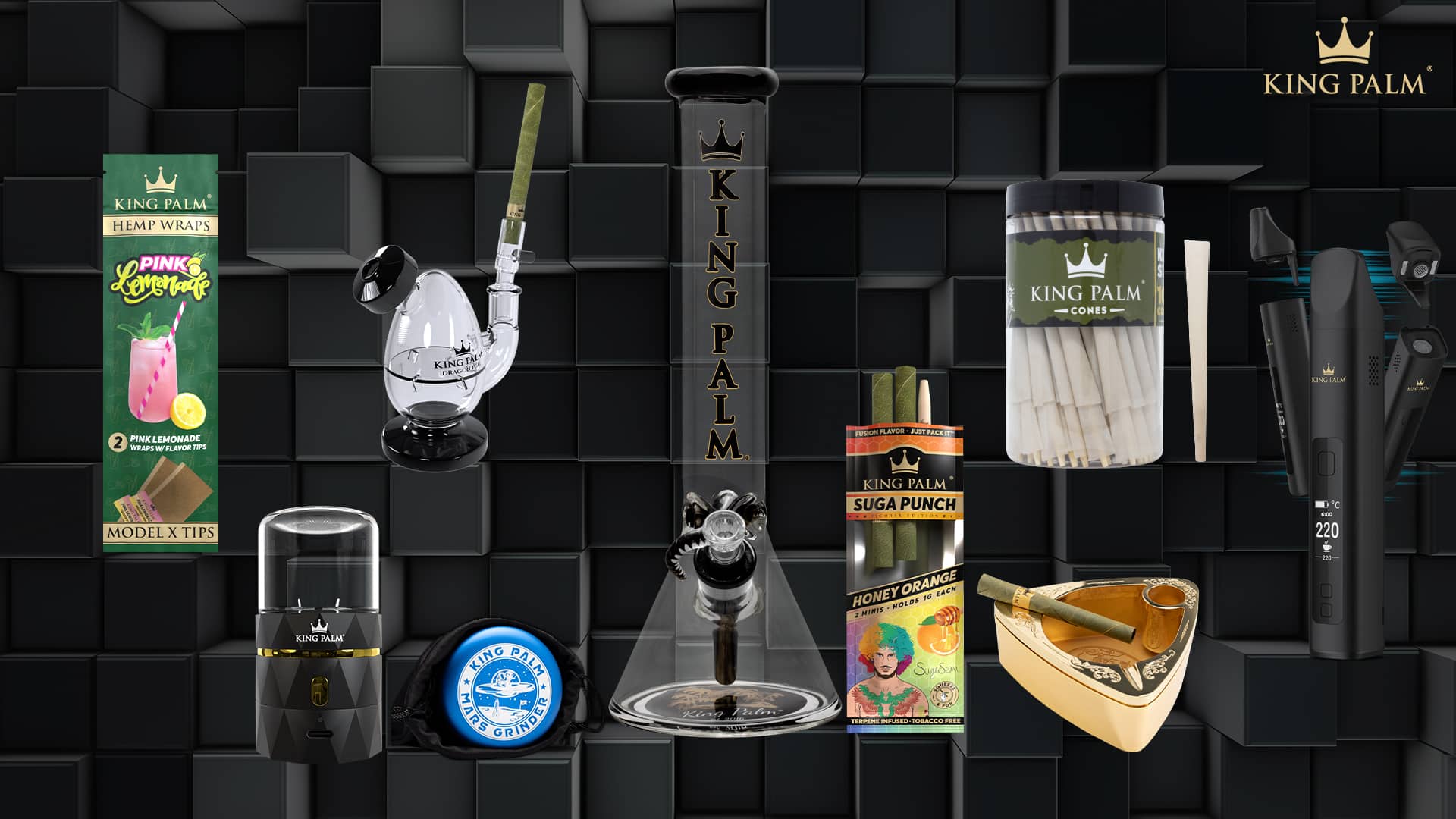Temperature, photoperiod (daylight duration), and humidity are critical environmental factors that greatly influence the growth and development of cannabis plants. Here’s an overview of their effects on cannabis:

- Temperature: Temperature affects various aspects of cannabis growth, including photosynthesis, nutrient uptake, transpiration, and enzymatic activity. Here are some key effects of temperature:
- Vegetative Growth: In the vegetative stage, cannabis plants generally thrive in temperatures between 20-30°C (68-86°F). Within this range, higher temperatures promote faster growth and metabolic activity. If the temperature exceeds 30°C (86°F), it can lead to heat stress, causing wilting, nutrient deficiencies, and reduced growth. On the other hand, temperatures below 15°C (59°F) can slow down growth and make the plants more susceptible to diseases.
- Flowering and Terpene Production: During the flowering stage, cannabis plants prefer slightly cooler temperatures, typically around 20-26°C (68-79°F). Cooler temperatures help preserve the volatile compounds responsible for the plant’s aroma, flavor, and potency. Extreme temperatures, especially above 30°C (86°F) or below 15°C (59°F), can stress the plants, reduce resin production, and negatively impact terpene profiles.
- Photoperiod: Photoperiod, or the duration of light and darkness, influences cannabis flowering and vegetative growth. Here’s how it affects cannabis plants:
- Vegetative Stage: During the vegetative stage, cannabis plants generally require 18-24 hours of light per day. Providing an extended light period promotes vegetative growth, allowing the plants to develop a strong structure and ample foliage.
- Flowering Stage: To induce flowering, cannabis plants typically require a change in the photoperiod to 12 hours of light and 12 hours of uninterrupted darkness. Maintaining this light/dark cycle signals the plants to transition from the vegetative stage to the flowering stage. Interruptions in the dark period or exposure to light during the dark phase can disrupt the flowering process and extend the time to harvest.
- Humidity: Humidity levels significantly impact cannabis plant health, transpiration, nutrient uptake, and susceptibility to pests and diseases. Here’s how humidity affects cannabis:
- Vegetative and Flowering Stages: During the vegetative stage, cannabis plants prefer moderate humidity levels, ideally ranging between 40-70%. This range helps ensure proper transpiration, nutrient absorption, and robust growth. High humidity levels above 70% can increase the risk of mold, mildew, and fungal infections.
- Flowering Stage and Late Flowering: In the flowering stage and during the late flowering phase, cannabis plants benefit from slightly lower humidity levels, typically around 40-50%. Reducing humidity helps prevent bud rot and molds, which can damage the flowers. Adequate air circulation and ventilation are crucial during this stage to maintain optimal humidity and prevent excessive moisture buildup.
It’s important to note that specific cannabis strains may exhibit slight variations in their preferred temperature, photoperiod, and humidity ranges. Additionally, maintaining a stable and balanced environment with appropriate lighting, temperature, and humidity is essential for healthy cannabis growth, maximizing yield, and minimizing the risk of pests and diseases.



